- With standard equipment
- With safety pack
Find more information in the General Comments section of the assessment
Find more information in the Rating Validity tab of the assessment
- See More
- See More
- See More
- See More
- Good
- Adequate
- Marginal
- Weak
- Poor
 Rear Seat
Rear Seat
 Front Seat
Front Seat
- Good
- Adequate
- Marginal
- Weak
- Poor


Passenger
outboard
center
Fitted to the vehicle as standard
Not fitted to the test vehicle but available as option
Not Available
-
i-Size CRS
-
ISOFIX CRS
-
Universal Belted CRS
Easy
Difficult
Safety critical
Not allowed
| Seat Position | ||||
|---|---|---|---|---|
| Front | 2nd row | |||
| Passenger | Left | center | Right | |
| Maxi Cosi 2way Pearl & 2wayFix (i-Size) | ||||
| Maxi Cosi 2way Pearl & 2wayFix (i-Size) | ||||
| BeSafe iZi Kid X2 i-Size (i-Size) | ||||
| Britax Römer TriFix2 i-Size (i-Size) | ||||
| BeSafe iZi Flex FIX i-Size (i-Size) | ||||
| BeSafe iZi Combi X4 ISOfix (ISOFIX) | ||||
| Cybex Solution Z i-Fix (ISOFIX) | ||||
| Maxi Cosi Cabriofix (Belt) | ||||
| Maxi Cosi Cabriofix & EasyFix (Belt) | ||||
| Britax Römer King II LS (Belt) | ||||
| Cybex Solution Z i-Fix (Belt) | ||||
Easy
Difficult
Safety critical
Not allowed
In both the frontal offset and side barrier tests, good or adequate protection was provided to all critical body areas for both child dummies. The GLC automatically disables the front passenger airbag when a rearward-facing child restraint is put in that seating position. Tests showed that the system worked robustly and it was rewarded. All of the child restraint types for which the Mercedes-Benz GLC is designed could be properly installed and accommodated in the car.
- Good
- Adequate
- Marginal
- Weak
- Poor

Head Impact 17.6 Pts
Pelvis Impact 0.0 Pts
Leg Impact 5.8 Pts
| System Name | Active Brake Assist | ||
| Type | Auto-Brake with Forward Collision Warning | ||
| Operational From | 7 km/h | ||
| PERFORMANCE | | |||
-
Cyclist from nearside, obstructed view
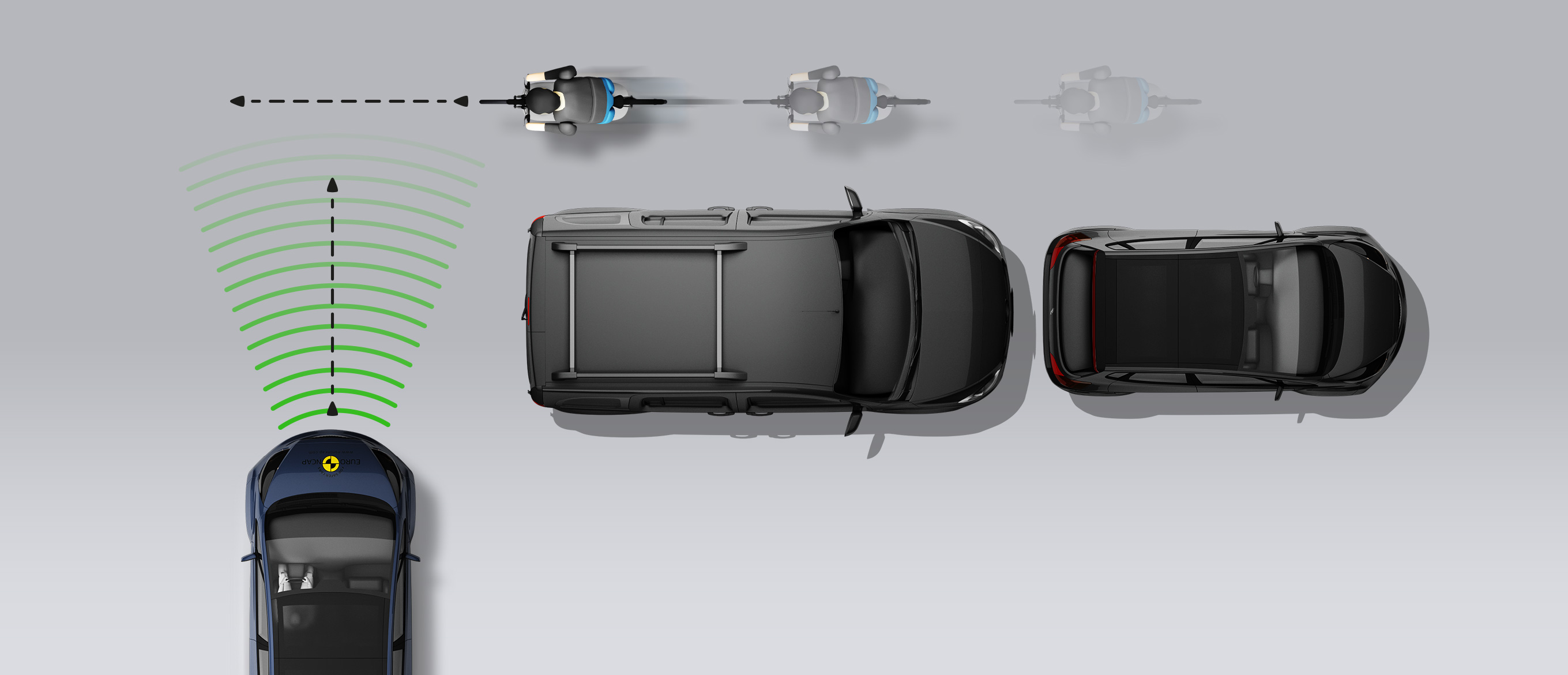
-
Approaching a crossing cyclist
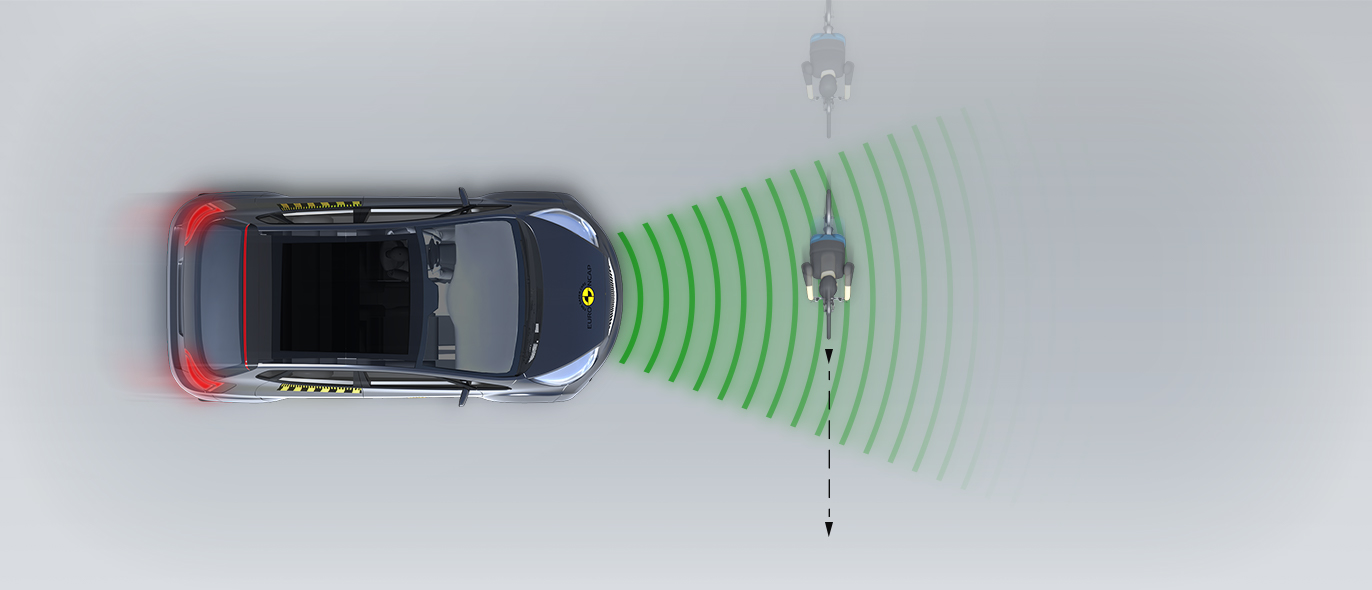
-
Cyclist along the roadside

Protection of the head was very mixed, some areas showing good results and a few being poor. The bumper provided good protection to pedestrians’ legs but protection of the pelvis was almost completely poor. The autonomous emergency braking (AEB) system of the Mercedes-Benz can respond to vulnerable road users as well as to other vehicles. The system performed well in tests of its response to pedestrians and in tests of its response to cyclists, with collisions avoided in many cases.
- Good
- Adequate
- Marginal
- Weak
- Poor
| System Name | Speed Limit Assist |
| Speed Limit Information Function | Camera & Map, subsigns supported |
| Speed Control Function | System advised (accurate to 5km/h) |
| Applies To | Front and rear seats | ||
| Warning | Driver Seat | Front Passenger(s) | Rear Passenger(s) |
| Visual | |||
| Audible | |||
| Occupant Detection | |||
|
|||
| System Name | Attention Assist |
| Type | Driver input |
| Operational From | 60 km/h |
| System Name | Active Lane Keeping Assist |
| Type | LKA and ELK |
| Operational From | 60 km/h |
| Performance | |
| Emergency Lane Keeping | |
| Lane Keep Assist | |
| Human Machine Interface | |
| System Name | Active Brake Assist | |||
| Type | Autonomous emergency braking and forward collision warning | |||
| Operational From | 7 km/h | |||
| Sensor Used | camera and radar | |||
The autonomous emergency braking (AEB) system of the Mercedes-Benz GLC performed well in tests of its reaction to other vehicles. A seatbelt reminder system is fitted as standard to the front and rear seats and the car is equipped with a system to detect driver fatigue. The lane support system gently corrects the vehicle’s path if it is drifting out of lane, and also intervenes in some more critical situations. A driver-set speed limiter is standard across the GLC range.
- Specifications
- Safety Equipment
- Videos
- Advanced Rewards
- Rating Validity
Specifications
Tested Model Mercedes-Benz GLC 220d 4MATIC AMG-Line, LHD
Body Type - 5 door SUV
Year Of Publication 2022
Kerb Weight 2000kg
VIN From Which Rating Applies - W1NKM0****F007828 or W1NKM0****U003366
Class Small SUV
Safety Equipment
Note: Other equipment may be available on the vehicle but was not considered in the test year.
Fitted to the vehicle as standard
Fitted to the vehicle as part of the safety pack
Not fitted to the test vehicle but available as option or as part of the safety pack
Not available
Not applicable
Videos
Advanced Rewards
Rating Validity
Variants of Model Range
| Body Type | Engine | Model Name/Code | Drivetrain | Rating Applies | |
|---|---|---|---|---|---|
| LHD | RHD | ||||
| 5 door SUV | 2.0 diesel | GLC 220d 4MATIC * | 4 x 4 |  |
 |
| 5 door SUV | 2.0 diesel | GLC 300d 4MATIC | 4 x 4 |  |
 |
| 5 door SUV | 2.0 petrol | GLC 200 4MATIC | 4 x 4 |  |
 |
| 5 door SUV | 2.0 petrol | GLC 300 4MATIC | 4 x 4 |  |
 |
| 5 door SUV | 2.0 petrol + e-engine | GLC 300e 4MATIC ** | 4 x 4 | - | - |
| 5 door SUV | 2.0 petrol + e-engine | GLC 400e 4MATIC ** | 4 x 4 | - | - |
* Tested variant
** Additional tests needed

Find more information in the General Comments section of the assessment
 Share
Share

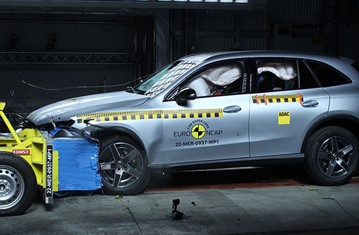
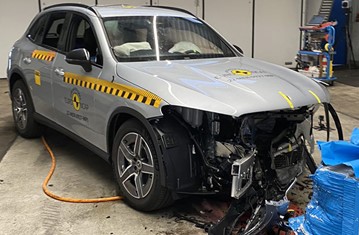
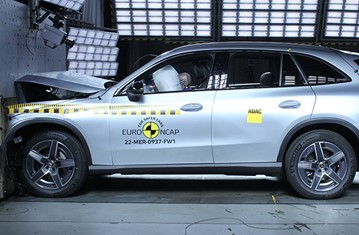
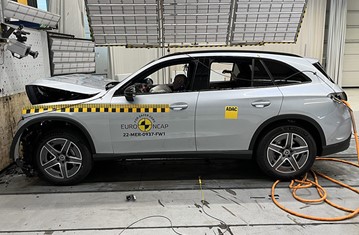
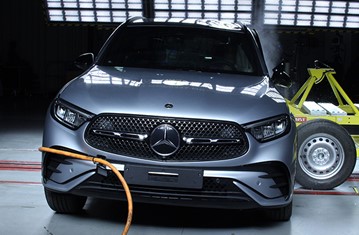
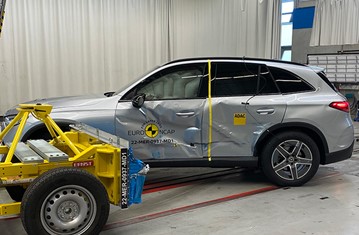
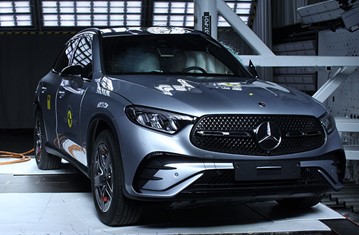

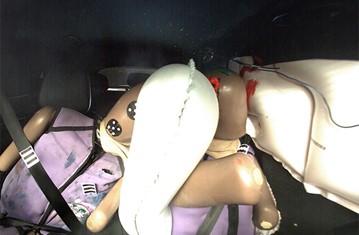








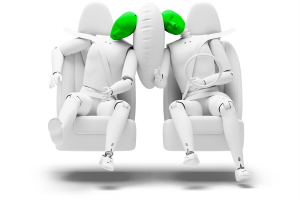
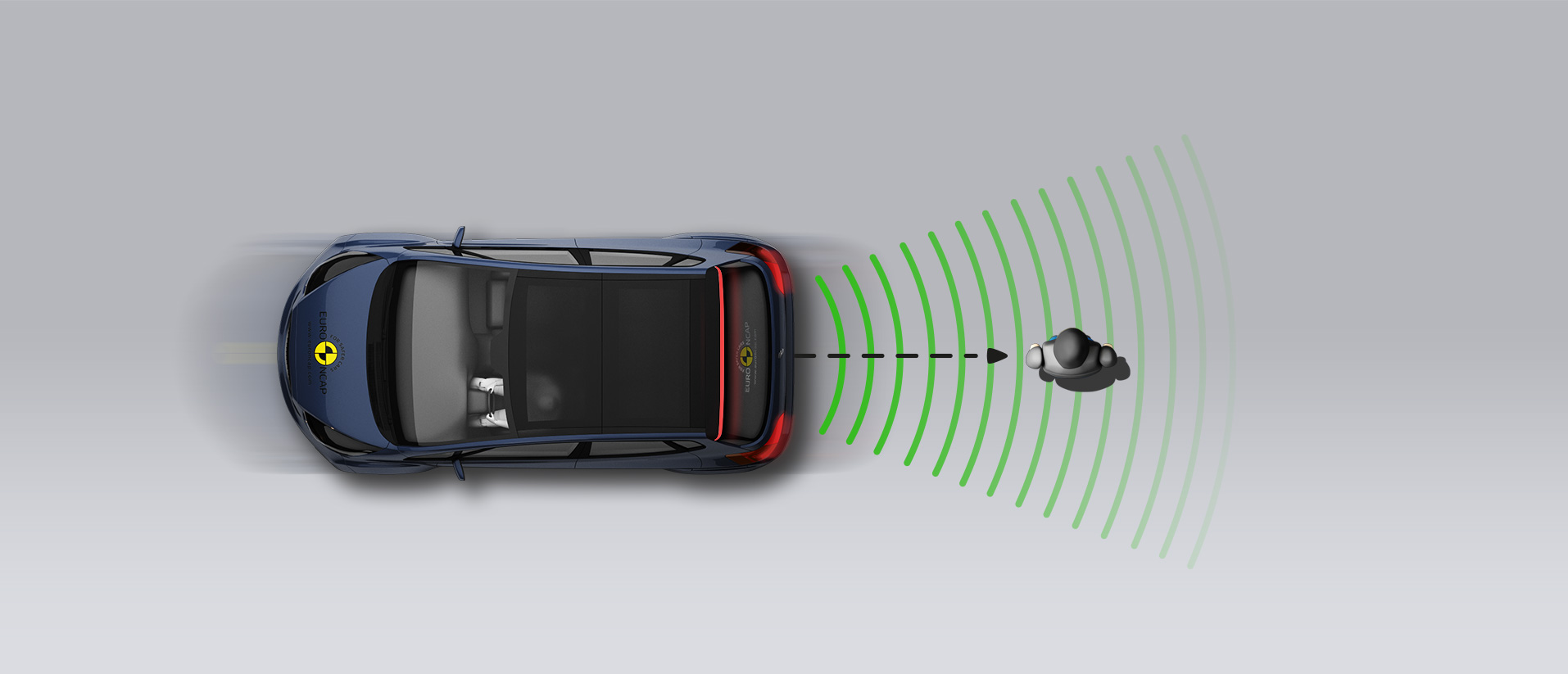
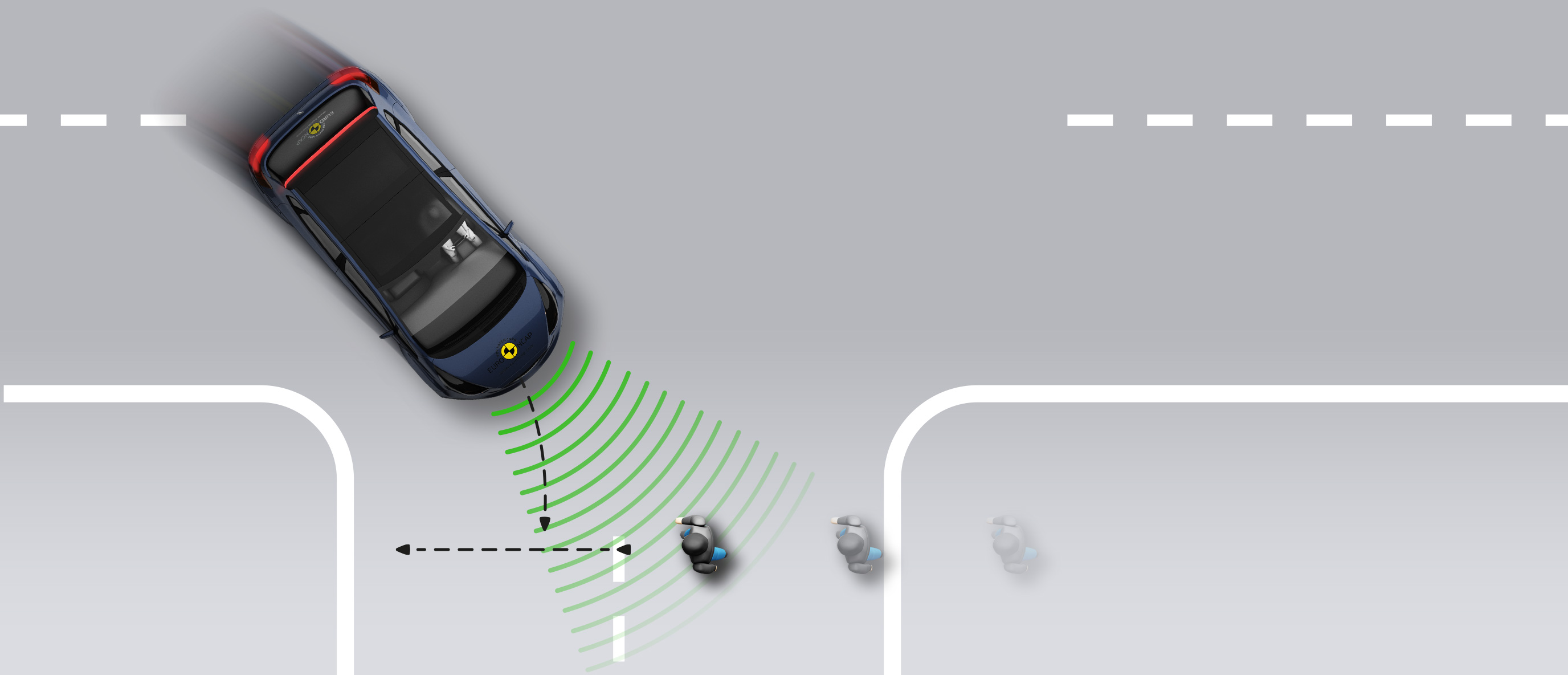

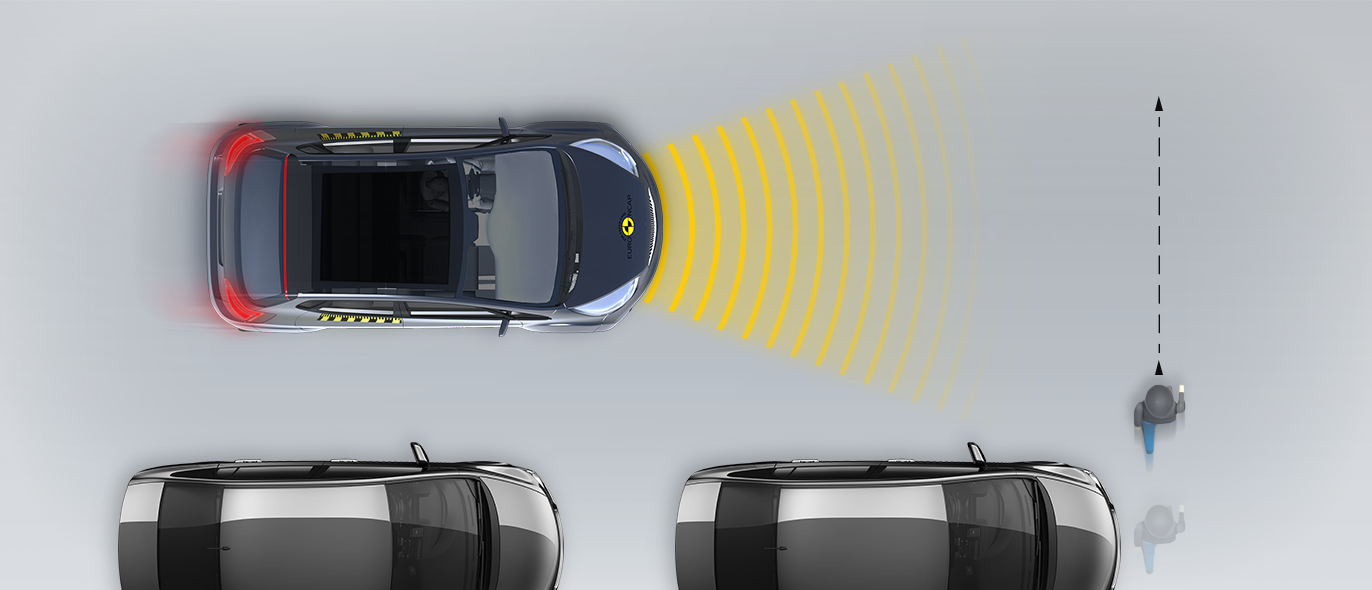



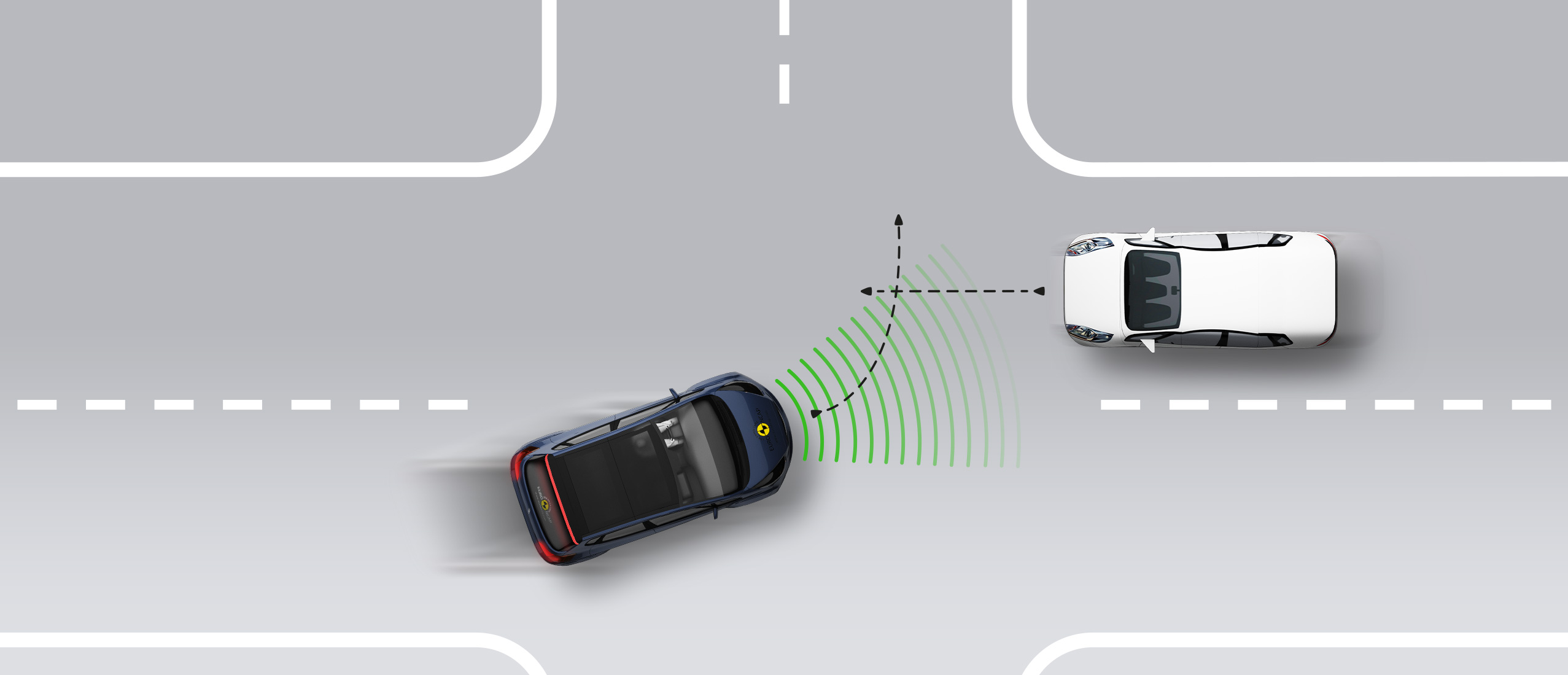








The passenger compartment of the Mercedes-Benz GLC remained stable in the frontal offset test. Dummy readings indicated good protection of the knees and femurs of both the driver and passenger. Mercedes-Benz demonstrated that a similar level of protection would be provided to occupants of different sizes and to those sitting in different position. Protection was good for all critical body areas of the passenger dummy. Analysis of the deceleration of the impact trolley during the test, and analysis of the deformable barrier after the test, revealed that the car would be a somewhat aggressive partner in a frontal collision. In the full-width rigid barrier test, protection of all critical body areas was good or adequate for both the driver and rear passenger. In the side barrier test, all critical body areas were well protected and the GLC scored maximum points for this test. However, in the pole test, protection of the chest was rated as weak, based on dummy readings of rib compression. Control of excursion (the extent to which a body is thrown to the other side of the vehicle when it is hit from the far side) was adequate. The GLC has a counter-measure to mitigate against occupant to occupant injuries in such impacts. The system performed well in Euro NCAP’s tests, with good protection of the occupants’ heads. Tests on the front seats and head restraints demonstrated good protection against whiplash injuries in the event of a rear-end collision. A geometric analysis of the rear seats also indicated good whiplash protection. The GLC has an advanced eCall system which alerts the emergency services in the event of a crash and a ‘Post-Collision Brake’ system applies the brakes to prevent secondary collisions.